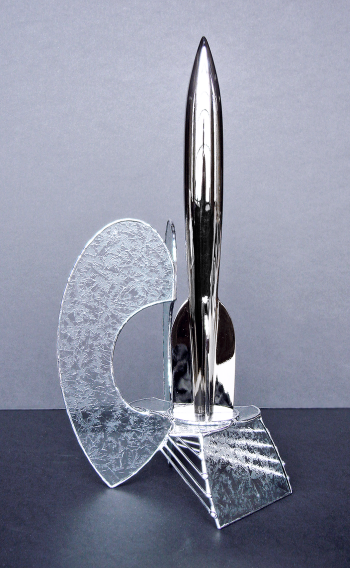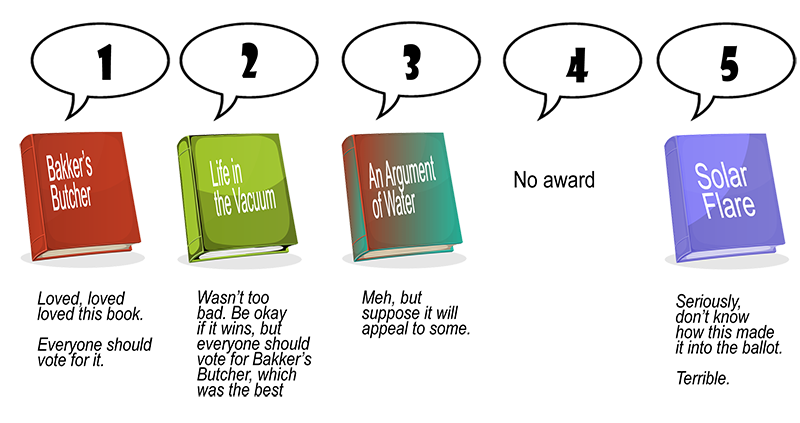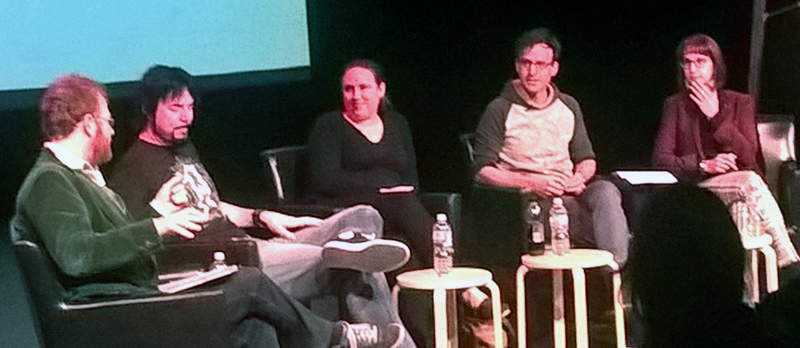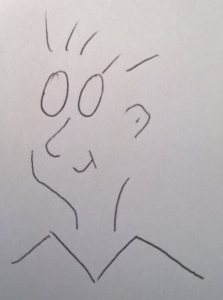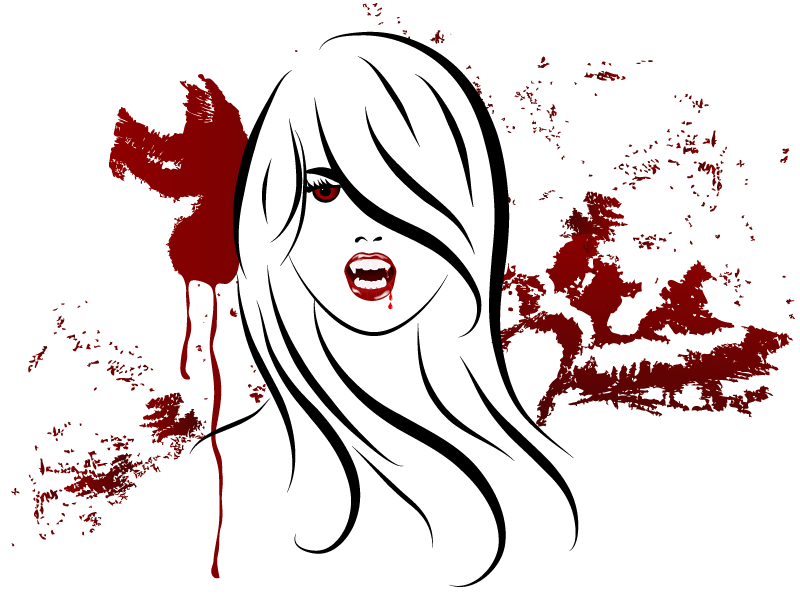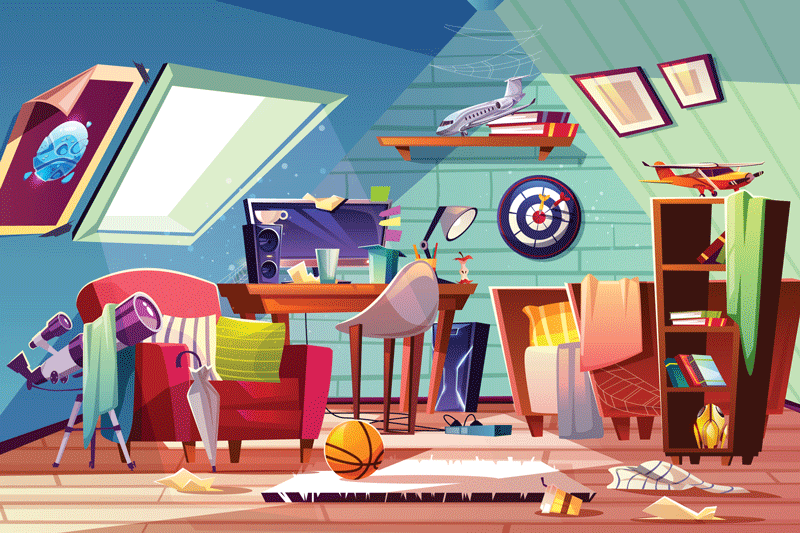
How are you coping in these surreal times? I hope you’re doing okay. Hang in there.
I’m into the first full week of self-isolation and work-from-home, although I have, technically, worked from home for the last three weeks, sans two days.
It started with a cold. Just the normal. Sneezing, sore throat, runny nose. Like many colds it came on full on the weekend—a long weekend, mind, so the three days of feeling rotten were the holiday period. I took two more days off, to be sure I was over any bugs. By then, COVID-19 sanctions had hit. I couldn’t go back to work without a doctor clearing me of any issues
That took the rest of the two weeks, just to be sure I was cleared. I must say, I have never been the only person in the doctor’s waiting room before. It’s usually packed.
I didn’t get a COVID-19 test. Both the doctor and I were fairly sure I didn’t have it—if you’re interested, she tested my temperature, listened for any liquid in my lungs, and went through my symptoms—but she was at pains to emphasise that even though she was clearing me for work, she couldn’t guarantee I didn’t have COVID-19, as I hadn’t taken the Coronavirus test, only that I did not have the symptoms that indicated it.
Anyway, I was cleared for work, went back for two days, just in time for the work-from-home edict.
I am grateful I still have a job for the moment—many people don’t.
I am grateful I can work from home. I work for a company that has a good work-life balance and allows us to work from home one day a week. Not that I had been able to do so for the last six months, due to the project I am on, but we can, when we’re not so busy, so it wasn’t even a stretch (or an expense) to set up.
I am grateful I have a boss who looks after her staff and makes a real effort to ensure we’re not isolated while we are working from home.
I am not sick. I am healthy(ish), although horribly unfit.
I thought I’d get more writing done. I have two extra writing hours a day because I don’t have to commute. That hasn’t happened. Instead, I’ve worked longer hours. I can’t believe I’m doing this. I start at nine and finish at nine, and when I’m finished I gobble a quick meal and go to bed.
This week I’m sticking to rigid office hours.
And I need to clean up the bookshelf behind my desk in preparation for work tomorrow.
That shelf is the one we put our junk onto, things we don’t anywhere else to put. Especially electronic stuff, like cables and old keyboards. As you can imagine, it’s messy, and we’re doing lots of video conferences. Right now I take the laptop out to the kitchen to make the calls. I don’t want anyone to see to see mess behind me. One day I’m going to forget and take the call at my desk. I want it cleaned up before that.
Take care, everyone.

